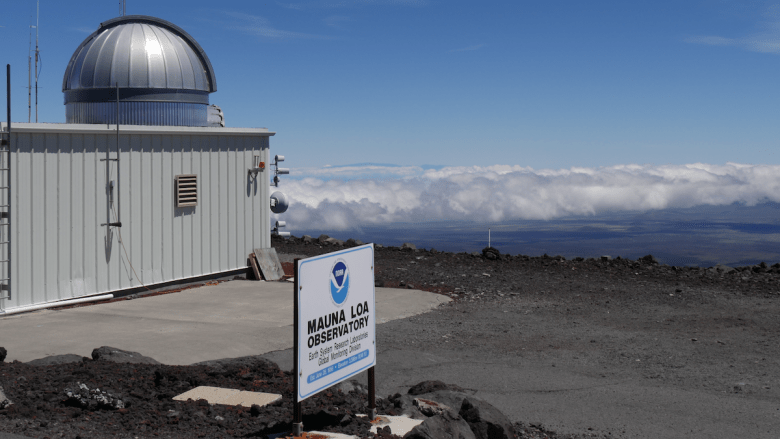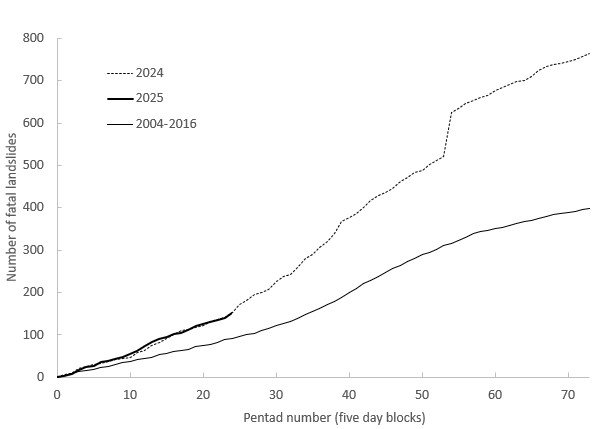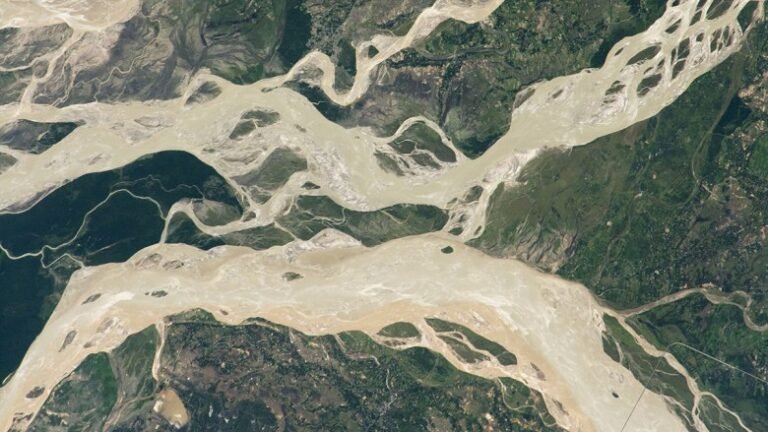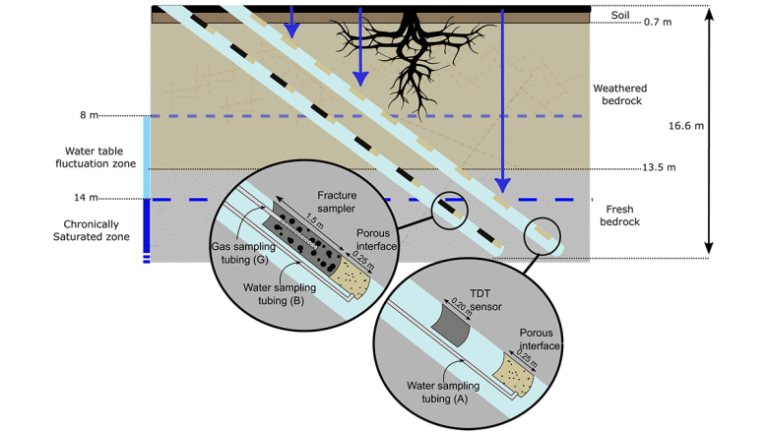

Research & Developments is a blog for brief updates that provide context for the flurry of news regarding law and policy changes that impact science and scientists today.
In the latest move in a months-long attack on climate science funding, the Trump administration released a budget document on 30 June that calls for zero funding for climate research and the elimination of a slew of NOAA services, including the agency’s climate laboratories, regional climate data efforts, tornado and severe storm research, and partnerships with other institutions.
The budget, proposed for fiscal year 2026, also calls for a reduction in NOAA’s full-time staff by more than 2,000 people.
The Office of Oceanic and Atmospheric Research (OAR) would be eliminated under the proposed budget. OAR coordinates and performs NOAA’s climate and weather research.
“With this termination, NOAA will no longer support climate research grants,” the proposal states.
“The idea [that] these labs would be completely wiped out is surreal and dangerous,” Dan Powers, executive director of CO-LABS, a science advocacy group, told Colorado Public Radio.
The proposal would also eliminate funding for all of OAR’s climate and weather cooperative institutes—partnerships between the agency and other research institutions, including universities. One such partnership is the Mauna Loa Observatory in Hawaiʻi, an atmospheric research station best known for its measurements of atmospheric carbon dioxide.
Another is the Cooperative Institute for Research in Environmental Sciences (CIRES) at the University of Colorado Boulder, which houses the National Snow and Ice Data Center. The center tracks critical snow and ice observations used to monitor the impacts of climate change. The center had already halted maintenance for some of its data products after losing support from NOAA in May.
Additional programs slated to lose funding include the National Sea Grant College Program, the National Oceanographic Partnership Program, Species Recovery Grants, Climate Competitive Research, and Regional Climate Data and Information.
The proposal also calls for the elimination of some environmental restoration and research programs, including the Pacific Coastal Salmon Recovery Fund, which had been used to restore 3,624 acres (1,467 hectares) of salmon habitat and enable salmon to travel hundreds of miles to their spawning streams in 2023, according to Oregon Public Radio.
Whether the proposed budget becomes a reality will be decided by Congress.
The future of much of NOAA’s climate and weather research and monitoring has been uncertain for months as the agency has decommissioned datasets, put some of its weather alert services on hold, and faced layoffs.
In June, the agency announced that data from three satellites used in monitoring hurricanes would not be available to researchers after 30 June. Then, on the day of the deadline, they reversed course, extending the data availability through 31 July. Scientists expressed concern that extending the data availability still would not mean the data would be available during the peak hurricane months of August, September, and October.
—Grace van Deelen (@gvd.bsky.social), Staff Writer
These updates are made possible through information from the scientific community. Do you have a story about how changes in law or policy are affecting scientists or research? Send us a tip at eos@agu.org.

Text © 2025. AGU. CC BY-NC-ND 3.0
Except where otherwise noted, images are subject to copyright. Any reuse without express permission from the copyright owner is prohibited.


